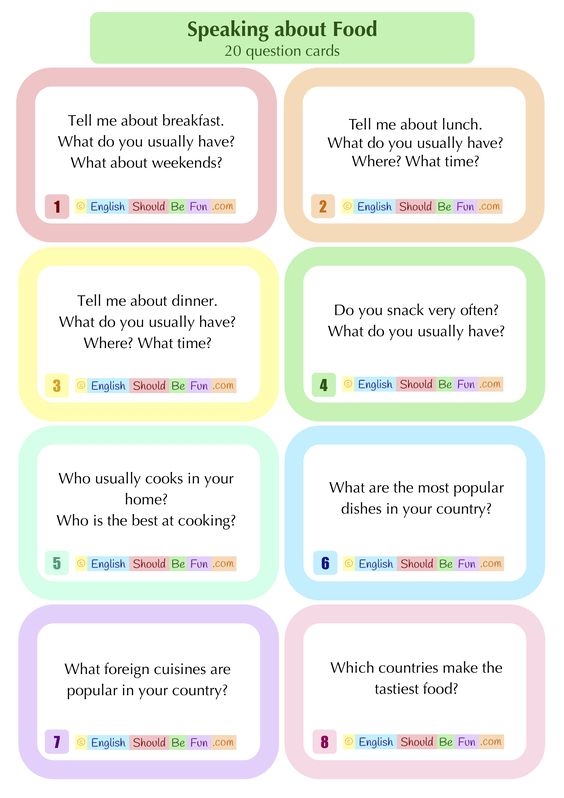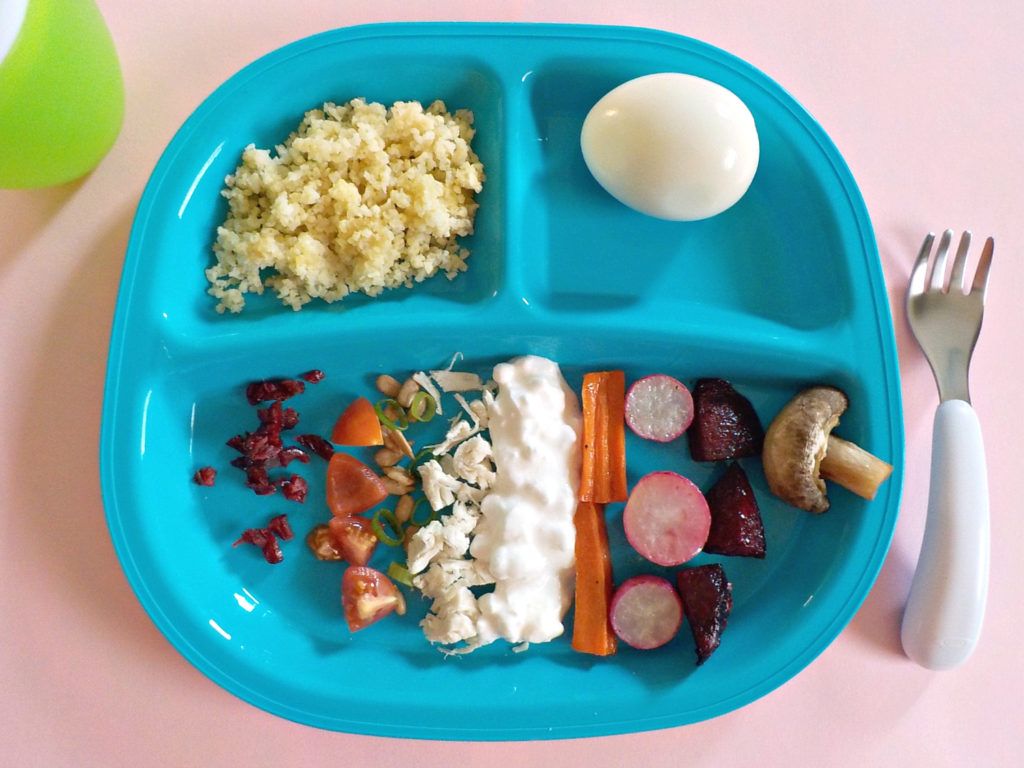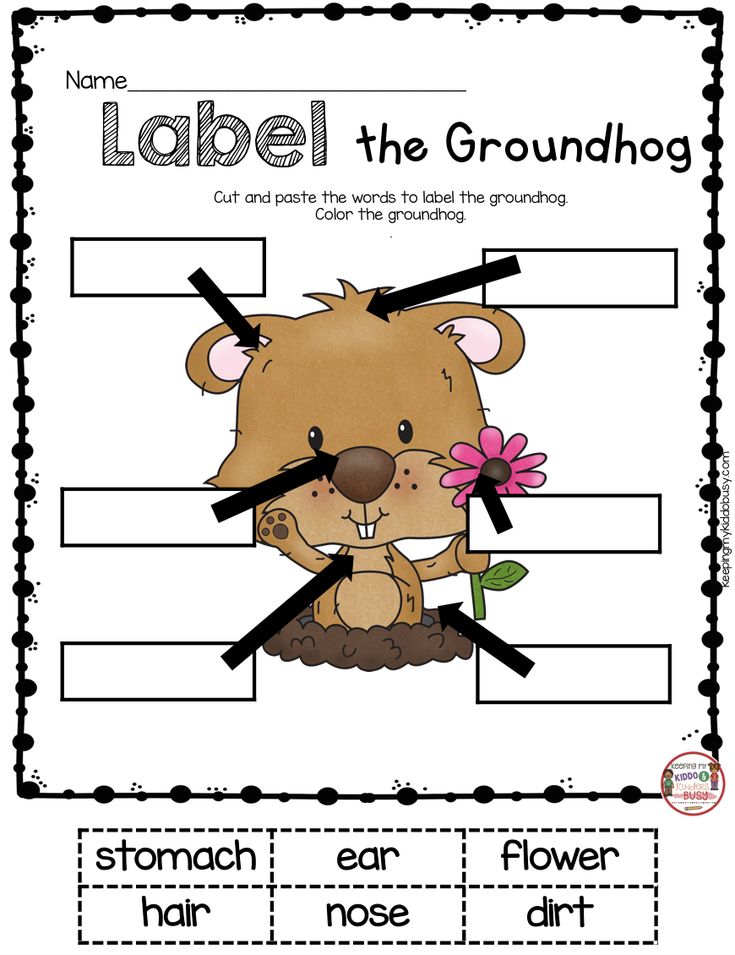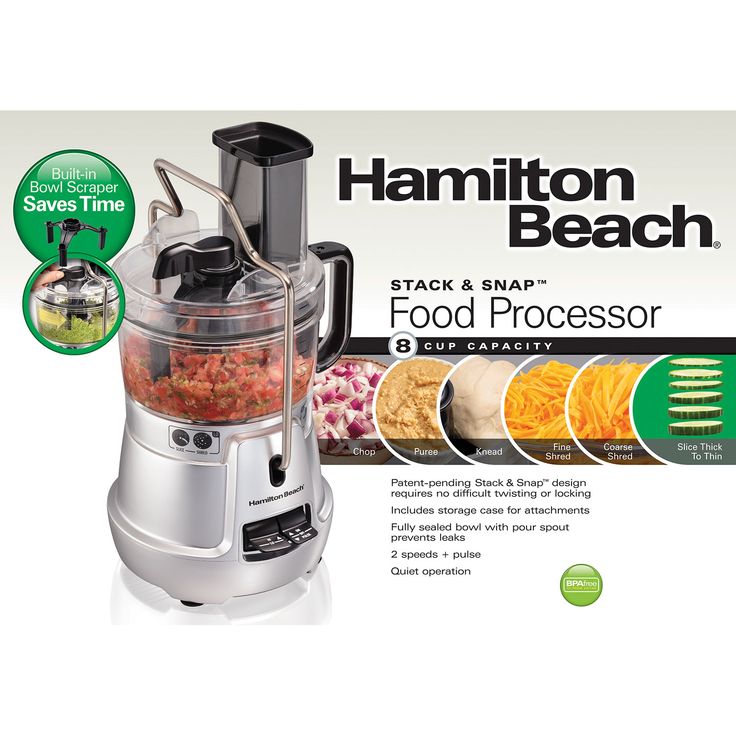How often do you feed a baby pigeon
Baby Pigeons: All You Need To Know (With Pictures)
What does a baby pigeon look like?
How big is a baby pigeon?
How much does a baby pigeon weigh?
Why don't you see baby pigeons?
What does a juvenile pigeon look like?
What is a baby pigeon called?
What do baby pigeons eat?
What do pigeon eggs look like?
How long do pigeon eggs take to hatch?
When are pigeons born?
How do pigeons feed their babies?
When can baby pigeons fly?
How long are baby pigeons in the nest?
Where do pigeons nest?
Do pigeons reuse nests?
How long do baby pigeons stay with their parents?
What to do if you find a baby pigeon?
Do pigeons mate for life?
Can baby pigeons survive without their mother?
Pigeons are pretty much everywhere, and anywhere we go. In towns and cities, there's always an abundance of feral pigeons (rock doves) and wood pigeons out in the countryside and urban areas. But little is known about what their babies look like, so we've created this article to try and answer as many common questions about baby pigeons along with some baby pigeon pictures.
What does a baby pigeon look like?
Newly hatched pigeons have pink or darkish skin and a minimal and patchy covering of yellow, which will eventually become feathers - this can sometimes be white. The beak, wings and feet are proportionally much larger than the body; however, they grow into these features as they get bigger. The beak is mainly pinkish but can also be a darker color. The feet are a slate grey color.
Hatchlings are altricial, which means they are born undeveloped and need care and feeding by their parents. The babies are born with their eyes closed. They also lay prone and lift their heads and open their bills weekly.
The eyes of a baby pigeon open when the nestling is between 4 and 5 days old.
Generally speaking, you'll never see the babies in this state unless you domestically breed pigeons or happen to stumble across the nest of a pigeon; however, this is unlikely as pigeons tend to nest in high and secluded places. Most of the time, we first see baby pigeons when they reach their juvenile stage, which is mostly similar to the adult.
Two recently hatched baby pigeons in a nest
How big is a baby pigeon?
Pigeon babies are usually around 5cm in length when newly hatched.
How much does a baby pigeon weigh?
The average weight is around 15g for newly hatched chicks.
Baby pigeons increase their mass between 4 and 8 grams a day, reaching a weight of between 270 - 350 grams at 30 days old.
Why don't you see baby pigeons?
It's rare to see baby pigeons as they spend a lot longer in the nest than other birds do (on average 30 days). When they fledge, they look almost similar to the plumage of adult birds. They can be hard to distinguish, but it's not impossible to do so.
Another reason is that pigeons tend to nest in places that are completely out of the way. This usually means places like church towers, under bridges, chimneys, and abandoned buildings in towns and cities. Generally, we'll never see a pigeon's actual nest and, in turn, never see pigeon babies.
This tendency to nest up high comes instinctively from descending from rock doves. As the name suggests, rock doves usually nest on cliff edges and usually set back into the face to keep nests safe from any predators.
As the name suggests, rock doves usually nest on cliff edges and usually set back into the face to keep nests safe from any predators.
What does a juvenile pigeon look like?
Juvenile and fledgling pigeons look very similar to adult plumage, which is why many people are confused as to what baby pigeons look like. This is because they spend a lot of time in the nest and are almost in their adult plumage when they fledge.
It varies of the species of pigeons, but generally speaking, the cere on juveniles and fledglings - the white growth that sits above their beaks - will be more of a pinkish-grey compared to the white colour for adults. They also tend to lack the shimmering purple and green around the neck. Juvenile pigeons less than 8 months old have medium-brown or greyish-brown eyes, whereas adults have yellow, orange or reddish-orange. The feathers around the eyes may appear darker than those of adults as well.
Fledging pigeons are a lot more common than you think, so next time you see a group of pigeons, be sure to look out for the juveniles using the tips above.
Pigeons at fledgling stage
A juvenile pigeon
What is a baby pigeon called?
Baby pigeons are called squabs.
Squab is the term given to a young, immature pigeon that is too young to fly - usually under 4 weeks old.
What do baby pigeons eat?
Baby pigeons are fed regurgitated crop milk by both the male and female birds. This is regurgitated to the young birds within 2 hours of hatching for the first 4 days. After this, they will continue to be fed crop milk along with seeds for another 5 days. At around day 9, baby pigeons will have an adult diet brought to them. This comprises of seeds, fruits and occasionally invertebrates.
The amount of food fed to young birds increases daily, particularly when seeds are added. Both parents are required to feed two babies for the first week. After this, one adult can generally feed two squabs successfully.
What is crop milk?
Also referred to as pigeon milk, crop milk is a secretion from the lining of the crop (a 'compartment' where birds can store food prior to digestion). It is also extremely high in fat and protein.
It is also extremely high in fat and protein.
What do pigeon eggs look like?
Pigeon eggs are small and white and have an average length of 38.4mm and a width of 28.6mm. The average weight is 14.6g. The eggshell thickness is about 0.18mm.
Two pigeon eggs in nest
How long do pigeon eggs take to hatch?
Eggs usually hatch between 16 and 19 days after they have been laid. Hatching occurs any time of the day and takes roughly 24 hours to complete. Most of the time, both eggs will hatch at the same time. Parents will remove the empty eggshells from the nest.
Both sexes share incubation duties, with the male generally incubating from mid-morning to late afternoon, with the female from late afternoon to mid-morning.
When are pigeons born?
Pigeons generally breed all year round, so eggs can hatch throughout the year. On average, most baby pigeons hatch in spring and summer, between May and June and between August and November.
How do pigeons feed their babies?
Adults come back to the nest to feed the babies either crop milk, seeds or whichever part of the diet they are on between 3 and 4 times a day. Squabs receive the same amount of food each day.
Squabs receive the same amount of food each day.
The young pigeons give a peeping call and can raise their heads to be fed by the adults. After four days of age, baby pigeons will push at parents to get food and be fed. Young birds will beg and call for food persistently from around 7 days, which is when they will generally feed 2 times a day.
When can baby pigeons fly?
Generally speaking, baby pigeons are capable of flying at around 6 weeks of age. But from 4 weeks, they will start to flap their wings to start practising and learning. You can often see them taking off and landing with small elevations from the ground during this time.
It's purely instinctive, as it is with all flying birds, and will naturally happen shortly after fledging the nest. Parent pigeons are extremely supportive whilst they are learning to fly and will nudge their babies to try and encourage them to move around.
How long are baby pigeons in the nest?
The amount of time spent in the nest depends on the time of year. It is usually between 25 and 32 days in summer, but winter can be up to 45 days.
It is usually between 25 and 32 days in summer, but winter can be up to 45 days.
It's quite common for a recently fledged pigeon to lose quite a bit of weight in the first few weeks. This is because they are frequently heavy before leaving the nest.
Most young pigeons will fledge a day or two before they are fully capable of flying and will spend a couple of days foraging on the ground. In some cases, pigeons will fledge and are unable to get back into their nest. This can happen when the nest is high up and the young bird cannot fly yet. If this happens, they will often beg for food from their parents and other adults.
Pigeon in the nest incubating two eggs
Where do pigeons nest?
Nests are usually constructed on ledges under cover. This can be in a wide range of locations, including caves, coastal cliffs, nooks and crannies, gutters, houses, barns, outbuildings and even occasionally in holes in trees. The main requirement is a flat surface in a covered area.
Males usually pick the site for the nest, and once found, females will sit on this site whilst the male collected materials to build the nest. The materials used are usually a mixture of sticks, twigs, roots, straw, leaves, feathers and many other types of materials.
Once obtained, the male brings the materially back piece by piece to the female, who then takes it in her beak and tucks it around her breast or flanks to construct the nest ultimately.
Do pigeons reuse nests?
Pigeons often reuse old nesting sites and will generally build new nests on top of the old ones. This is generally because of the accumulation of fecal matter on the old nest. Because of this, nests that are 4 years old can be up to 20cm in height and 50cm wide. They can also weigh more than 2kg and have deep cups of up to 8cm.
How long do baby pigeons stay with their parents?
Once fledged, they will usually spend between 1 and 2 weeks in the vicinity of their parental home.
What to do if you find a baby pigeon?
The best thing most of the time is to monitor the fledging and be sure to keep pets away. The parents are more often than not nearby and watching. Sometimes the presence of a human can scare the parents away, so you may not be able to see them all the time - this is why it's important to monitor from afar.
The parents are more often than not nearby and watching. Sometimes the presence of a human can scare the parents away, so you may not be able to see them all the time - this is why it's important to monitor from afar.
If the pigeon appears to be injured or not at the fledgling stage, then consider contacting your local bird or wildlife rescue for advice. This is because they can determine whether the bird needs rescuing.
If there is immediate danger to the pigeon, place it in a sheltered and secure spot nearby.
A pair of pigeons
Do pigeons mate for life?
Yes, pigeons mate for life. They are monogamous and tend to mate with one partner for the entirety of their life. If the unfortunate happens, and their partner dies, they will often find a new partner. However, this can take some time and is not as fast as other birds do.
Can baby pigeons survive without their mother?
Yes, baby pigeons can survive with just their dads. This is because both parents are involved in raising the babies, which essentially means the male bird is just as capable of raising the young. This is, of course, much more of a harder job for the adult, but it is achievable.
This is, of course, much more of a harder job for the adult, but it is achievable.
Expert Q + A
Question
I have a baby pigeon that my pet pigeons had about a week and a half to two weeks ago and I’ve noticed from the beginning since I’ve seen it that it has fast breathing it doesn’t seem to be struggling or gasping for air and it’s not holding its mouth open and it’s color looks good to just be normal thing my biggest concern would be that we have mice and they nest it on the floor and I was wondering maybe the mice could cause respiratory problems if that is the case
BirdFact Team
It sounds like your baby pigeon could potentially have a respiratory infection, yeast, crop status or canker which are all relatively common amongst, young, old and stressed pigeons.
We'd certainly recommend taking your baby pigeon to get checked out at a qualified vet or bird specialist. If it is one of the above conditions, they need treatment as soon as possible.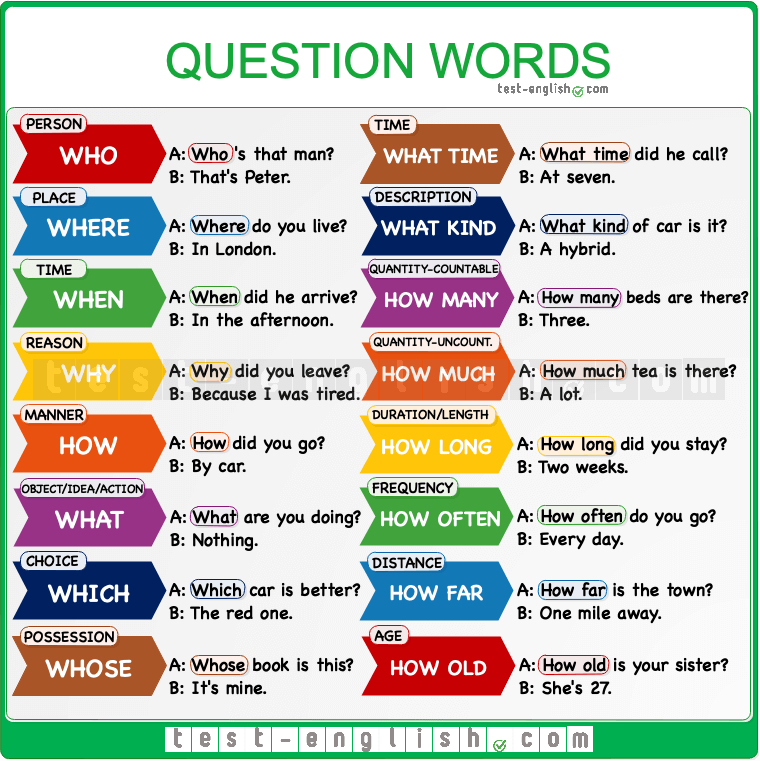
Hopefully, it isn't one of the above, but getting it checked over by a specialist will put your mind at ease.
Ask a question
Do you have a question about this topic that we haven't answered? Submit it below, and one of our experts will answer as soon as they can.
What Do Baby Pigeons Eat and How to Feed Them Properly
Pigeons may be seen almost anywhere. Although feral pigeons and wood pigeons are typically in towns and cities, little is known about how their babies appear, and what do baby pigeons eat in case you come across a starving one.
Pigeons or doves are wild birds that feed on a variety of foods. Pigeons, whether wild or farmed, usually have the same diet of seeds, small insects, and reptiles. But what about baby birds? Are their foods different from those of the adult pigeon?
This article will give you the answer by going into details about baby pigeons’ food and some tips on baby pigeon care. Mostly, newborn pigeons’ diet depends on crop milk in the first week and crushed foods with low sugar and salt levels later on. You also have to keep the baby warm and prepare a syringe to feed it.
You also have to keep the baby warm and prepare a syringe to feed it.
Table of Contents
- How Does a Baby Pigeons Look?
- What Do They Eat?
- What to Feed a Starving Baby Pigeon?
- 1. Look for newborn birds formula
- 2. Use non-dairy milk (Macadamia milk prefered)
- 3. Use infant cereal without milk powder
- How to Feed Baby Pigeons?
- Conclusion
When newly born, pigeon chicks are generally about 5 centimeters long. Their skin is pink or black with a patchy coating of yellow that will later turn into white feathers. Their beak is typically pinkish, sometimes it can be a deeper hue and their feet are in slate grey.
In comparison with the body, their beak, wings, and feet are relatively larger; however, as the chicks grow older, their bodies will develop more evenly. Baby pigeon eyes’ are closed when they are born and not opened until they are four or five days old.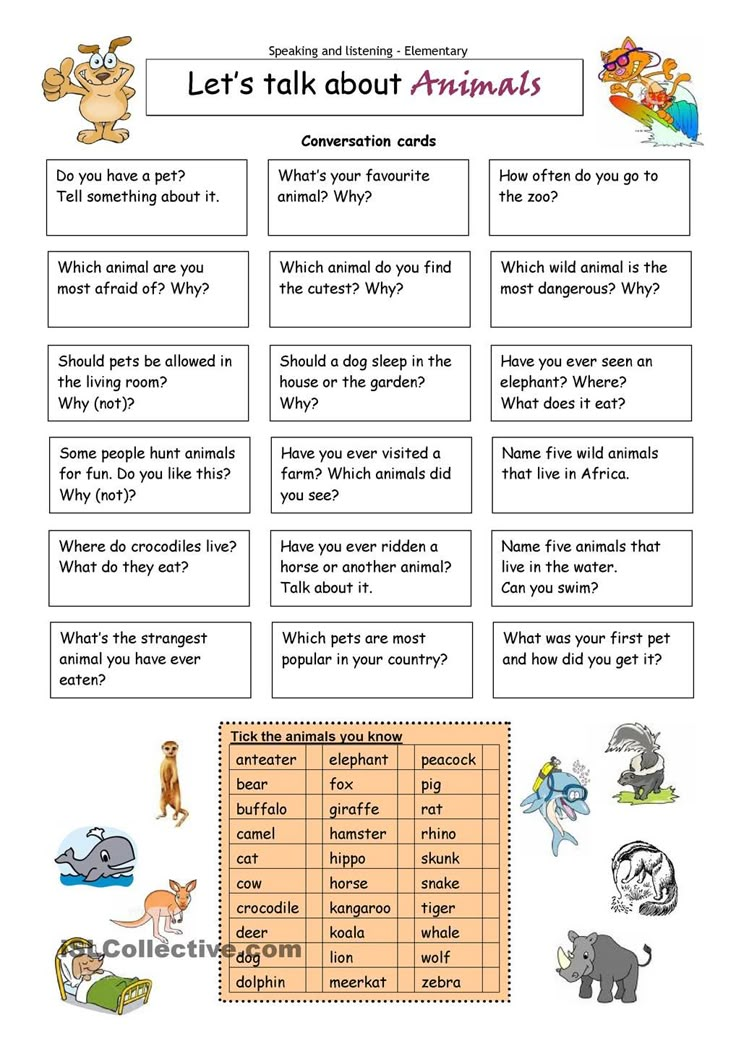
In general, unless you domestically raise pigeons or manage to wander around a pigeon’s nest, you’ll never get to see the chicks in this condition; nevertheless, this is rare because birds nest in high and remote areas. We usually observe baby pigeons once they hit their juvenile age, which is mostly identical to the adult form.
Newborn pigeons less than four weeks old are called squabs, and they are not yet able to fly.
What Do They Eat?Both of the parent birds provide regurgitated crop milk to their newborn pigeons. Crop milk, often known as pigeon milk, is a secretion of the crop lining (a ‘container’ where pigeons store food until digestion). It also contains a lot of proteins and fats. For the first four days, this is regurgitated to the squabs within two hours after hatching.
They will be given crop milk and seeds for the next 5 days. About nine days after hatching, the baby pigeons will be fed an adult meal. This includes fruits, seeds, and invertebrates on occasion.
The food amount provided to young birds grows by the day, especially when seeds or grains are included. During the first week, both parents must feed two newborns. After that, one adult can usually nurse two squabs.
After one week, squabs will be able to eat a variety of food along with its crop milk. Only during the third week do baby pigeons no longer need crop milk and their metabolism can adapt to adult pigeon food.
What to Feed a Starving Baby Pigeon?If you come across a newborn pigeon on the ground, it is better to just leave it alone. It will usually live better without your intervention; if you believe you know better, you generally don’t. If you do believe that there is a problem with a pigeon, please contact a local wildlife rehabilitation facility in your neighborhood.
On the rare occasion you have to raise the baby bird yourself, you should know what and how to feed it. As you do not have their parents’ crop milk, things are more complicated in the first weeks but let’s see how these following tips may help you.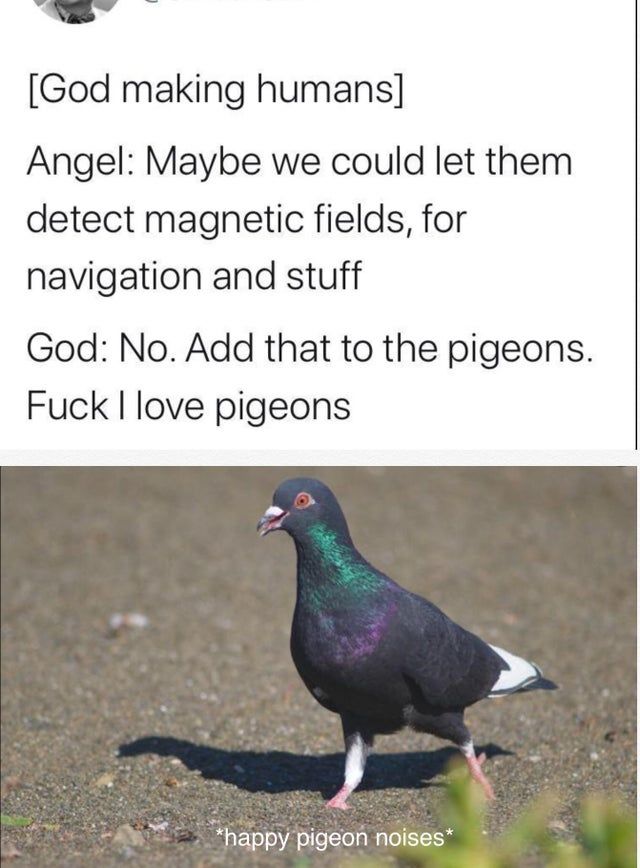
You can check out the two popular formulae: Nutribird A21 or Kaytee Extract. These can be easily purchased from pet stores or online. However, ready-made bird formulae may be rather costly. Your local wildlife rehabilitation team may also be able to assist you if the bird is of a wild species.
During the first days, you mix the formula with warm water until it looks like skim milk. Then, you can make it consistent like ketchup after 10 days.
2. Use non-dairy milk (Macadamia milk prefered)If you can’t find any baby bird formula or prefer to make the food on your own, you can try non-dairy substitutes like Macadamia milk and blend it following this recipe from The International Dove Society. You will need:
- 71 grams of chicken baby food
- 1 boiled egg yolk
- 15 grams of low-fat yoghurt
- ¼ teaspoon of corn oil
- ¼ diluted vitamin E
- 2 drops of cod-liver oil
- little pinch of vitamin B
- 25 milligrams of vitamin C
- 247 milligrams of calcium carbonate
Put all the ingredients in the blender and mix them up thoroughly. During the first 3 days, you can add a bit of digestive enzymes to the food and wait 30 minutes before feeding the baby. From the second week, you can feed it with seeds, grains, and pigeon foods.
During the first 3 days, you can add a bit of digestive enzymes to the food and wait 30 minutes before feeding the baby. From the second week, you can feed it with seeds, grains, and pigeon foods.
You can use dairy-free baby cereal if you don’t have any options. Mix the cereal with warm water until it reaches skim milk consistency. However, you should only use this if you are in a hurry and the baby is already three to four days old. You should find better alternatives as soon as possible.
Puppy biscuits are another alternative, but they must be soaked in warm water until they are softer.
How to Feed Baby Pigeons?The baby pigeons should be warmed up before feeding. You should put the baby in a box near a 40-watt desk like a reptile bulb. You may also use a low-temperature heating pad or a bottle of hot water but make sure to wrap anything you use in a towel.
When it’s too cold, a newborn pigeon can’t digest the food. Actually, the poor little bird is meant to be brooded over by their parents and kept warm during their first two weeks.
Actually, the poor little bird is meant to be brooded over by their parents and kept warm during their first two weeks.
You should prepare a syringe (with no needle) to pull up the food. First, you need to remove the plunger and wrap the broad end with a self-adhering bandage or dental rubber dam.
Then, use a rubber band to keep it in place and make a hole on it big enough for the baby’s beak. The baby bird will eat from the little hole just like pigeons usually eat from their parents’ mouth. You can gently wipe up any spills on the bird using a warm-water-dipped cotton ear swab.
When the baby is eating, you should keep an eye on its crops to make sure that it consumes enough food. The crop sits directly above the baby’s breastbone and stores food for digestion. If you see the baby regurgitates food, you need to stop because you have overfed it.
Or you can watch for another feeding technique here by AAyan Loft
ConclusionFeeding baby pigeons not only requires knowledge about their special diet but also how to feed them properly. Baby pigeons require adequate nutrition, which primarily includes crop milk. However, you can try alternatives like premade bird meals, the special recipe with MAC milk, or non-dairy infant cereal. Make sure that the food is tender and warm.
I hope you find this article on what do baby pigeons eat helpful, especially when you raise a baby pigeon yourself. If you have any questions or experience with the baby pigeon, feel free to share with us!
Moreover, you also can refer more to other interesting topics of birds:
- Baby mockingbird foods.
- How long can birds go with no food?
- What foods do dodo birds eat?
How to feed a pigeon chick at home, how many times and how?
Back
How to feed a pigeon chick?
- What do pigeon chicks eat?
- How to feed?
- First week
- Second week
- Third week
- Fourth week
- Feeding grown chicks
- How and what to drink?
- Chick care
- Can you feed a chick that has fallen out of the nest?
- Birds
- pigeons
- Keeping pigeons
- How to feed a baby pigeon?
191 likes
2 comments
Many pigeon breeders have experienced the situation where a chick needs to be hand-fed for some reason.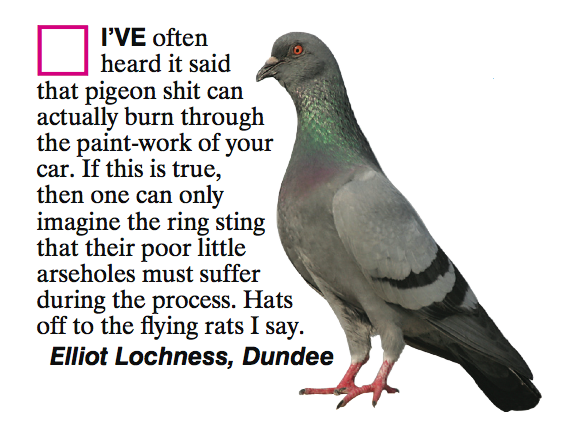 This process is very complex and requires tremendous work and patience, however, it is possible to feed pigeons, and it is definitely worth trying.
This process is very complex and requires tremendous work and patience, however, it is possible to feed pigeons, and it is definitely worth trying.
ShowHide
- What do pigeon chicks eat?
- How to feed?
- First week
- Second week
- Third week
- Fourth week
- Feeding grown chicks
- How and what to drink?
- Chick care
- Is it possible to feed a chick that has fallen out of the nest?
What do pigeon chicks eat?
The diet of pigeons is varied. However, they will be able to eat most products only after 2 or even 3 weeks of life.
Pigeons eat:
- chicken yolks;
- millet;
- oats;
- barley;
- corn;
- peas;
- polished rice;
- wheat and millet;
- wiki.
How to feed?
Feeding birds at the age of 1-3 weeks is difficult, but nothing is impossible. You will have to be patient, because a person will have to teach the feathered self-feeding. The first week is the most difficult, but the next days of his life depend on how to care for him, how many times and what to feed him.
You will have to be patient, because a person will have to teach the feathered self-feeding. The first week is the most difficult, but the next days of his life depend on how to care for him, how many times and what to feed him.
Important! The main problem during this period is the refusal of the syringe from the chicks. You need to make every effort to teach your baby to eat that way. Otherwise, the bird will die within 20 hours.
First week
The first week of life will be decisive for the bird. A large part depends on human effort and perseverance, but the instinct for survival will also play a role.
Rules for feeding in the first days of life:
- For the first 7 days, the pigeon can eat only heated (important: not boiled) chicken yolk.
- It must be given through a large syringe (50-10 cc) with a rubber tip (small nipple) that has a small hole in it. You need to squeeze out the liquid gradually, bringing the nipple closer to the bird's beak.

- Babies should be fed at least 6 times a day and given as much yolk as they are willing to eat.
Second week
The pigeons have already grown stronger, and the probability of their death has decreased. But during this period there are peculiarities in the nutrition of pigeons (for example, what kind of porridge to start feeding):
- After the 8th day of life, babies are fed with crushed steamed grains with ground eggshells. Such porridge will enrich the body with all the necessary "building" materials. You can add honey, and the bird will more readily use the mixture.
- Feed is already dispensed through a conventional large syringe.
- Food is taken at least 6 times a day until full.
Third week
Poultry must be switched to adult food, ie whole grains. Nursing babies during this period is especially interesting, because they have grown stronger and begin to show behavioral characteristics.
Feeding:
- Doves are transferred to whole steamed grains. If the grain becomes too large during the heat treatment, it must be divided in half. Once a day, you can give chopped greens.
- A bird at this age will not eat on its own, so it is necessary to put food in its beak.
- One feeding usually involves the birds eating 2-3 whole grains. The number of meals - 5-6 per day.
- During this period the pigeon is taught to drink water. To do this, it is necessary to dip the beak into the water (so that the liquid does not get into the sinuses). Immediately the chick will not drink, but after a few attempts, instincts will take their toll, and he will start drinking.
Fourth week
Pigeons begin to feed independently and varied.
Feeding after day 21:
- Carrots, fruits (not exotic), softened bread, boiled chicken eggs.
- Feed by syringe or small bottle until full 5-6 times per day.

- Pigeons, due to the increase in the diet, will begin to consume a lot of water. Clean water must be available at all times.
Important! In the third week of life, the pigeons' eyes open, and during this period it is necessary to come to them in the same clothes so that they can remember the person.
Feeding young chicks
Grown-up individuals completely switch to adult solid food (wheat, raw seeds, peas, corn). All cultures can be crushed a little and poured into the bird feeder, since it can already eat on its own. Cabbage, herbs, nettles are used as top dressing.
How and what to drink?
Pigeons should be fed with clean water of medium temperature. It is recommended to add vitamins to the water, which will help strengthen the body and immunity, which will be the prevention of diseases. To minimize the risk of infection, the bowl of water is kept clean and the water is changed before each drink. After the third week of life, clean water should be available around the clock.
After the third week of life, clean water should be available around the clock.
Chick care
Pigeon chicks are fragile creatures that are born blind, without plumage and the ability to move the first weeks of life, so they need special conditions for survival:
- The temperature should be high (+35-40 °C) because in the natural environment, parents would warm the babies during this period.
- Complete absence of drafts. Weak individuals may not survive passing wind currents.
- Bedding should always be kept clean and dry as bacteria develop rapidly in bird droppings.
- The room must be constantly disinfected, drinkers and feeders should be washed several times a day.
- The dovecote must be protected from insects or animals.
Is it possible to feed a chick that has fallen out of the nest?
Feeding a chick that has fallen out of the nest is difficult and, most often, such cases are fatal for the bird. However, there are recommendations that will help you do everything to save a life:
However, there are recommendations that will help you do everything to save a life:
- Carefully pick up a fallen chick and carefully inspect its limbs for damage. If fractures are clearly visible, you can’t do without a veterinarian.
- If there are no visible injuries, the bird should be brought home as soon as possible and fed as described above. After that, you need to build a warm safe house for her.
- You need to constantly monitor the found baby, because every hour counts for him. But watching is not the same as worrying. The dove should remain at rest, and it is better for a person to watch him from the side.
- With proper feeding and good conditions, as well as with a high desire for life, a small bird will definitely get stronger and will be grateful to its savior.

Was this article helpful?
Thank you for your opinion!
Write in the comments what questions you did not receive an answer to, we will definitely respond!
You can recommend this article to your friends!
191 times already helped
How to feed an orphaned pigeon chick?
How to feed an orphaned pigeon chick?
It happens that pigeon chicks are left without the care of their parents and caring people do not want to leave the kids to certain death.
And if a person encounters such a situation for the first time, he immediately has questions: what to feed the chick? how often? how much to feed? how to feed? All these questions can be answered in this article.
What and how to feed pigeons in the first days of their life?
Pigeon chicks, in the first six days of their lives, are still very weak. In such a critical period, these crumbs need "bird" milk, which appears in the goiter of their moms and dads.
In such a critical period, these crumbs need "bird" milk, which appears in the goiter of their moms and dads.
Some pigeon breeders feed orphaned chicks with raw eggs, chicken eggs, and preferably pigeon eggs, the eggs contain all the nutrients the chick needs.
For feeding use a 20cc syringe with a piece of IV tube or regular baby pacifier, but a tube is better. A hole is made in the egg and the contents of the egg are drawn with a syringe - the protein and yolk are mixed and the chick receives a good substitute for pigeon milk. Before each feeding, the crumbs should be given a little water.
A one-day-old chick is given an egg in the amount of three cubes, and then the dose is increased. And already a three-day-old chick can feed 10 egg cubes.
On the seventh day, the pigeons' eyes open and they begin to respond better to the voice. Now you can feed your pet with small grains - millet, sorghum, rapeseed, and pre-soak larger grains with boiling water (for 10 minutes) so that it softens a little. In a softened form, corn can also be given, carefully putting one grain at a time into the beak. Millet and sorghum can also be given dry, but after giving the baby some water to drink. It is advisable to add liquid vitamins for birds to the water.
In a softened form, corn can also be given, carefully putting one grain at a time into the beak. Millet and sorghum can also be given dry, but after giving the baby some water to drink. It is advisable to add liquid vitamins for birds to the water.
They also give the chicks, in a small amount, ground eggshells - the shells will deliver the necessary minerals to the body or, instead of the shells, they are fed with special mineral top dressing.
When the chick is two weeks old, he will start to squeak loudly, reminding him that it is time to feed him. And how to understand if the chick has eaten or not? Very simple. If you feel its goiter and it turns out that it is well stuffed, then the chick is full, if the goiter is empty, you still need to feed it. But do not give much water before feeding, so that the chick does not remain hungry, filling its crop with only liquid.
The amount of food and drinking regimen should be gradually increased - the goiter of the chicks is quite capacious.